| Access | |
| Minimum Divers | |
| Minimum Qualification | |
| Depth Range |

ECO EFFORTS
Get more from your holiday experience
- Get Involved!
- Sustainable Tourism
- House Reef Protection
- Waste Management
- Water Management
- Energy Conservation
- Mangroves
- Roman Ruins
- Reef Check
- Cultural Heritage
- Global Environmental Events
- Our Farm
- EcoLearning Kids Center
- Green Fins: Best Practice
- Marine Life
- Terrestrial Wildlife
- Islands & National Parks
- Research & Awareness
_ba9b2_lg.jpg)
In terms of its marine biodiversity very few places on earth compare to the Red Sea. The region represents one of the most unique marine environments and one of the world’s most important repositories of marine biodiversity.
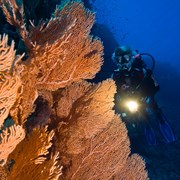
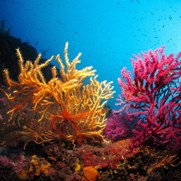
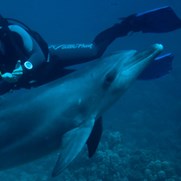
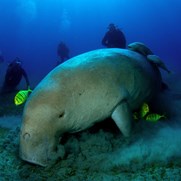
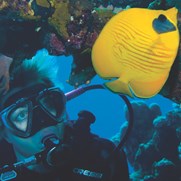
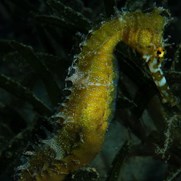

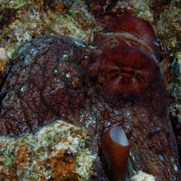

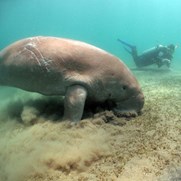
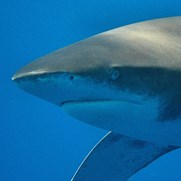
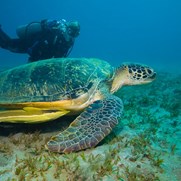
-crop_bc9ec_MD.jpg)
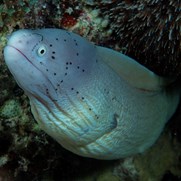
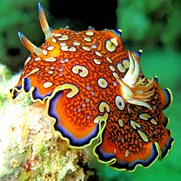
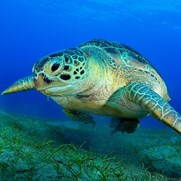
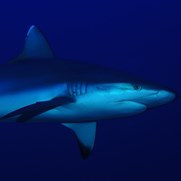
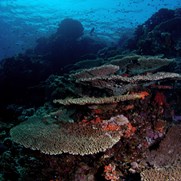
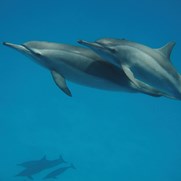
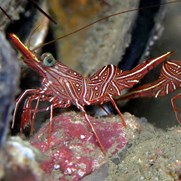
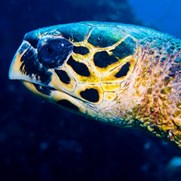

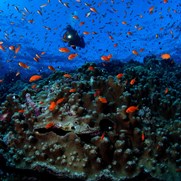
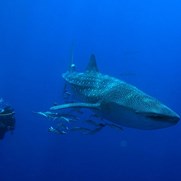

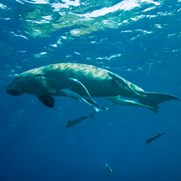
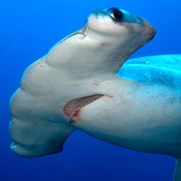
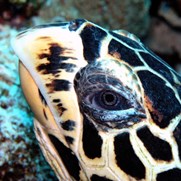
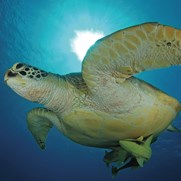
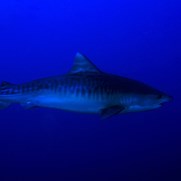
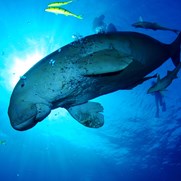
The southern Red Sea is among the richest and most productive of marine ecosystems, due in large part to the over 250km of coastal fringing reef. The fringing reef is supported by a wide reef flat or “back reef,” which can extend to 500 meters in some cases. Some areas of back reef feature lagoons and can offer limited recreational opportunities like swimming, wading, or kite surfing. This fringing reefs is occasionally split apart by small “Marsas” and “Sharms” and also feature remarkable reef topography such as swim troughs and tunnel systems. There are also many off-shore reef complexes that feature vast coral gardens and canyons. Some of these reef complexes are considered the world’s best example of coral reef topography.
The Red Sea’s underwater eco-system is home to over 300 species of coral and 2,100 species of fish, 10% of which are found nowhere else in the world. Spinner dolphins, dugongs, turtles, mantas, and sharks are just some of the marine species that calls these waters home. There are a number of reefs, islands and coastal regions, which are protected areas and national parks.
Coral Reef
The Red Sea reefs cover an area of more than 1500 km with associated eco-systems such as, islands, mangroves, and marsh. This underwater eco-system is home to over 300 species of coral and 1,000 species of fish, 10% of which are found nowhere else in the world. Coral reefs are a delicate habitat providing food and shelter for many living organisms, which are dependent on the reef ecosystem for their survival. In this regions arid coastal zone, these reefs represent the very lifeline of this delicate environment. Furthermore, these precious resources are generating an enormous amount of wealth through tourism. It is estimated for instance that 1 meter of coral generates up to $300,000 in tourism revenue annually and 1 shark can generate up to $120,000.
Fish Species
Estimates put the abundant Red Sea fish population at over 800 species, 10% of which exist no where else in the world. This is by far one of the Red Sea's exclusive attractions with a myriad of thriving colorful fish. The abundance of coral reefs allows for juvenile fish to grow and thrive into adulthood.
Sharks
“The frequency of encounters in Elphinstone Reef is considerably lower than in the other study areas. Human presence was recorded during almost all the dives: 134 cases on the total of 138 dives, with a presence of a total of 971 boats and 15,601 divers. Both the mean number of divers and the mean number of boats recorded for each dive are higher for Elphinstone Reef than in the other study sites. In Elphinstone Reef the high amount of boats is also widely distributed for the entire area, making it impossible for the sharks to avoid human presence.”
Human Impacts on Presence of Sharks at Diving Sites of the Southern Red Sea, Egypt - Ahmed M. Shawky, Alessandro De Maddalena
There are over 10 shark species that call the Red Sea home,
- Oceanic White Tip Shark
- Hammerhead Shark
- Tiger Shark
- Grey Reef Shark
- Thresher Shark
- Silky Shark
- Nurse Shark
- Black Tip Reef Shark
- White Tip Reef Shark
- Whale Shark
Dolphins
Dolphins attract tourists to Egypt every year, but despite their popularity, are still poorly known from a scientific point of view. Eight species are considered regular: Common Bottlenose Dolphin (Tursiops truncatus), Indopacific Bottlenose dolphin (Tursiops aduncus), Spinner Dolphin (Stenella longirostris), Pantropical Spotted Dolphin (Stenella attenuata), Longbeaked Common Dolphin (Dephinus capensis), Risso’s Dolphin (Grampus griseus), Humpback Dolphin (Sousa chinensis) and Bryde’s Whale (Balaenoptera edeni). Other height species are considered rare (Notarbartolo et.al. 2007).
http://www.hepca.org/research/projects/dolphin-red-sea-watching-expedition
There are various sites in the southern Red Sea where Dolphins congregate or live. Sammadai national park and Satayah reef are the most well known and both sites are home to spinner dolphins. It is very common to spot these beautiful creatures roaming about the sea anywhere in the south. They are usually very playful and will approach closely so long as you stay calm and respect the dolphins space.
Dugong
Estimates put the total Dugong population at 4,000 in the whole of the Red Sea, with only 7 documented along the southern Red Sea coastline.Dugongs reach up to four meters in length and can weigh up to 1,000 kilograms. Dugongs spend most of their life in the shallow coastal areas grazing on sea grass beds. These sea grass beds are of enormous ecological importance and sustain an overwhelming amount of marine life.
The dugong is considered an endangered species and is currently among the IUCN Red List of Threatened Species. In recent years Dugongs have been steadily retreating from their Red Sea coast because of tourist development. Eutrophication from industrial run-off and habitat destruction constitute the 2 greatest threats to the Dugongs of the Red Sea.
Turtles
Four species of turtles can be found in the Egyptian Red Sea: the green (Chelonia mydas) and the hawksbill (Eretmochelys imbricata) turtles that nest and feed on the coast; the leatherback turtle (Dermochelys coriacea), called the gentle giant by some, that is rarely seen nowadays and the olive-ridley turtle (Lepidochelys olivacea), the smallest of the turtle species and which prefers to stay far from the coast and, like the leatherback, is only rarely seen. A fifth species, the loggerhead turtle (Caretta caretta), known for its big head, can usually be spotted in the Gulf of Aden but rarely reaches the Egyptian Red Sea. At present, the International Union for nature conservation lists them as critically endangered (leatherback and hawksbill turtles), endangered (green and loggerhead turtles) and vulnerable (olive-ridley turtle).
In the Red Sea, the main threats to sea turtles come from irresponsible coastal development that destroys nesting beaches and feeding grounds such as sea-grass beds and coral reefs; artificial lighting on main nesting beaches that disorients both nesting turtles and hatchlings; garbage and plastic bags which could be ingested by mistake by turtles and will provoke a slow and painful death; pollution in the water that is often associated with diseases like the fibropapilloma tumor; irresponsible anchoring that destroys both sea-grass beds and coral reefs; high speed boats and jet-skis that can seriously wound sea turtles and cause their death; incidental fishing in particular in industrial trawlers and purse seines.
Sea turtles play an essential role in keeping the Red Sea healthy and full of life. Green turtles, also known as “sea cows”, maintain healthy seagrass beds which host spawning fish, their juveniles and a great number of other invertebrates like mollusks and crustaceans that are at the bottom of the food chain. Hawksbill turtles feed on corals and sponges and they help keeping a balance between these two populations. This balance has proven to be critical for healthy coral reefs. So sea turtle conservation is not just about turtles, but also about protecting all the habitats they use and that human beings enjoy as well, like the coral reefs. A healthy sea turtle population depends on us and how we use the resources we share with these animals.
You can read more about HEPCA's turtlewatch project and submit your own photos and videos for identification on the TurtleWatch Facebook Page.
Register
Login
Vacancy Apply
Booking Inquiry
Booking Inquiry